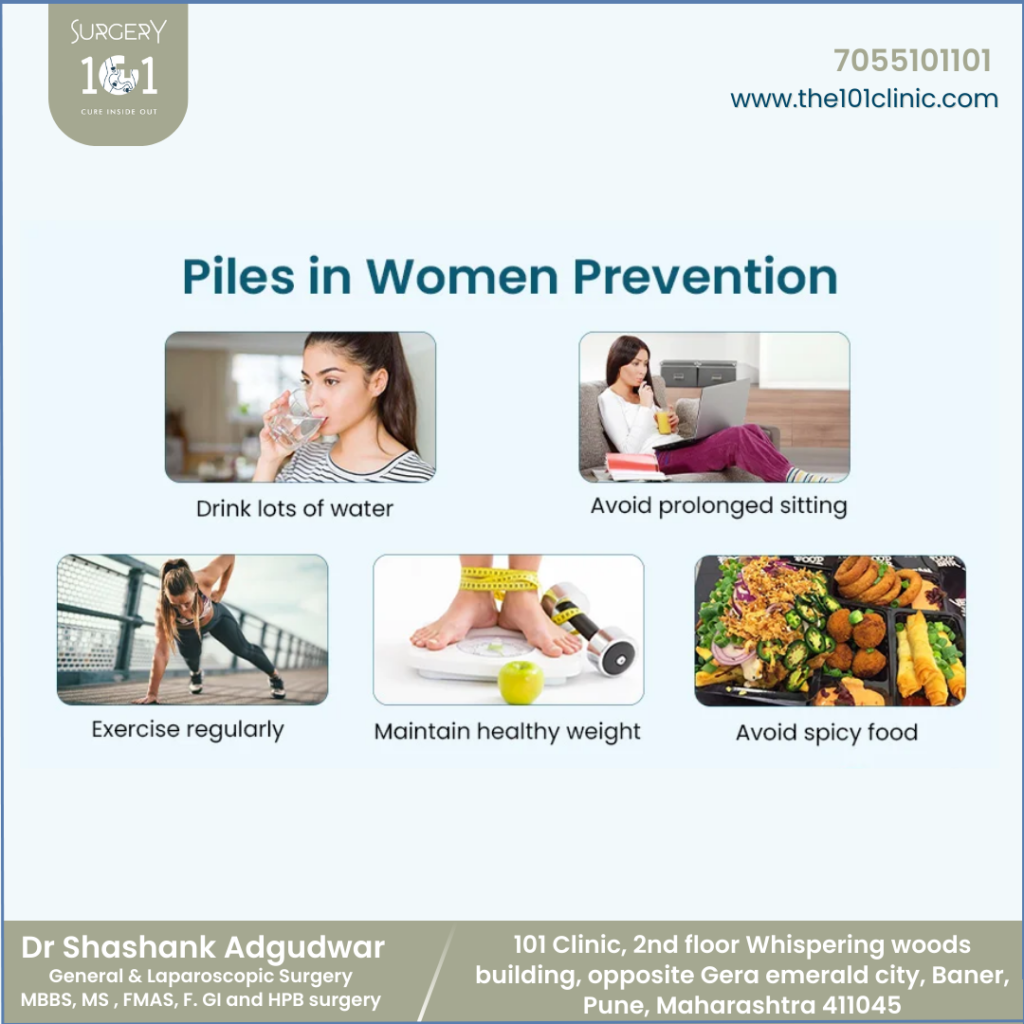Piles is a common condition that affects many people, including females. Piles in women occur when the veins in the rectum, or anus, become swollen and inflamed, causing discomfort and pain. Various factors, including constipation, pregnancy, obesity, and a sedentary lifestyle, can cause this.
For females, piles can be an especially uncomfortable and embarrassing condition, leading to pain and discomfort during menstruation, pregnancy, and childbirth. Additionally, the stigma surrounding piles can make it difficult for women to seek help and support. However, with the right treatment and care, piles can be effectively managed and even prevented, allowing women to enjoy a better quality of life.
What are piles in women?
Piles, also known as haemorrhoids, can affect both men and women. However, pregnancy and childbirth can increase the risk of developing piles in women due to the pressure on the veins in the rectal area. Other factors that can increase the risk of piles in women include obesity, a sedentary lifestyle, and a low-fibre diet.
Symptoms of piles in women can include itching, pain, bleeding, and swelling around the anus. Treatment options may include lifestyle changes, topical medications, or surgical procedures, depending on the severity of the condition. It is important to consult a healthcare professional for proper diagnosis and treatment.
Types of Piles in Women
Piles in Women can be categorized into several types depending on the location and severity of the swollen veins in the rectal area. Understanding the different types of piles is crucial for timely diagnosis and effective treatment. The different types of piles include:
Symptoms of Piles in Female
Piles in women may have mild symptoms that resolve on their own, but they can be dangerous if left untreated. Some common symptoms of piles in females include:
- Swelling or painful lumps: Piles are swollen veins in the anal area that can cause painful lumps or swelling. These lumps can be located inside or outside the anus, and they may be small or large in size.
- Pain while sitting or during physical activity: hemorrhoids can cause discomfort or pain when sitting or engaging in physical activity, particularly if the piles are located near the anus.
- Itching and irritation in the anal area: uncomfortable or distressing symptoms like itching in the anal area are one of the major symptoms of piles in females.
- Pain and discomfort during defecation: Passing stool can be painful or uncomfortable if the piles are inflamed or if they are located in a way that causes pressure during bowel movements.
- Blood in stools: Piles can cause bleeding during bowel movements, which may be visible in the stool or on toilet paper. The bleeding is usually bright red and typically not serious.
- Mucous discharge while defecating: Some people with piles may experience a mucous discharge during bowel movements. This is typically not a serious symptom, but it can be uncomfortable.
- Bleeding after defecation: In some cases, piles can cause bleeding after bowel movements, which may require medical attention.
- Feeling of incomplete bowel movement: This feeling is caused by piles and can be uncomfortable or distressing. This sensation may persist even after passing stool.
Causes of Piles in Female
Usually, piles occur due to increased pressure in the lower part of the rectum and anal cavity, which causes the veins to bulge out and swell into lumps. Some common causes of haemorrhoids in women include:
- Straining while passing stools: This commonly occurs due to constipation. Because of straining, pressure increases on the veins in the lower rectum and anus. This results in inflammation and swelling of the veins, leading to haemorrhoids.
- Prolonged sitting or standing: When we sit or stand for long periods, the blood flow in the lower body can become restricted, causing the veins to swell and enlarge.
- A low-fibre diet: Fiber helps increase the bulk of the stools by increasing their water content. Less fibre in the diet can lead to constipation, which further leads to piles.
- Excess weight gain: Often due to pelvic pressure during pregnancy, the risk of developing piles in women increases.
- Too much weightlifting: Engaging in excessive weightlifting can lead to increased pressure in the lower part of the body, contributing to the development of piles.
- Obesity or a sedentary lifestyle: Lack of physical activity can slow metabolism, leading to slower bowel movements and increased water absorption in the colon, which can eventually lead to piles.

